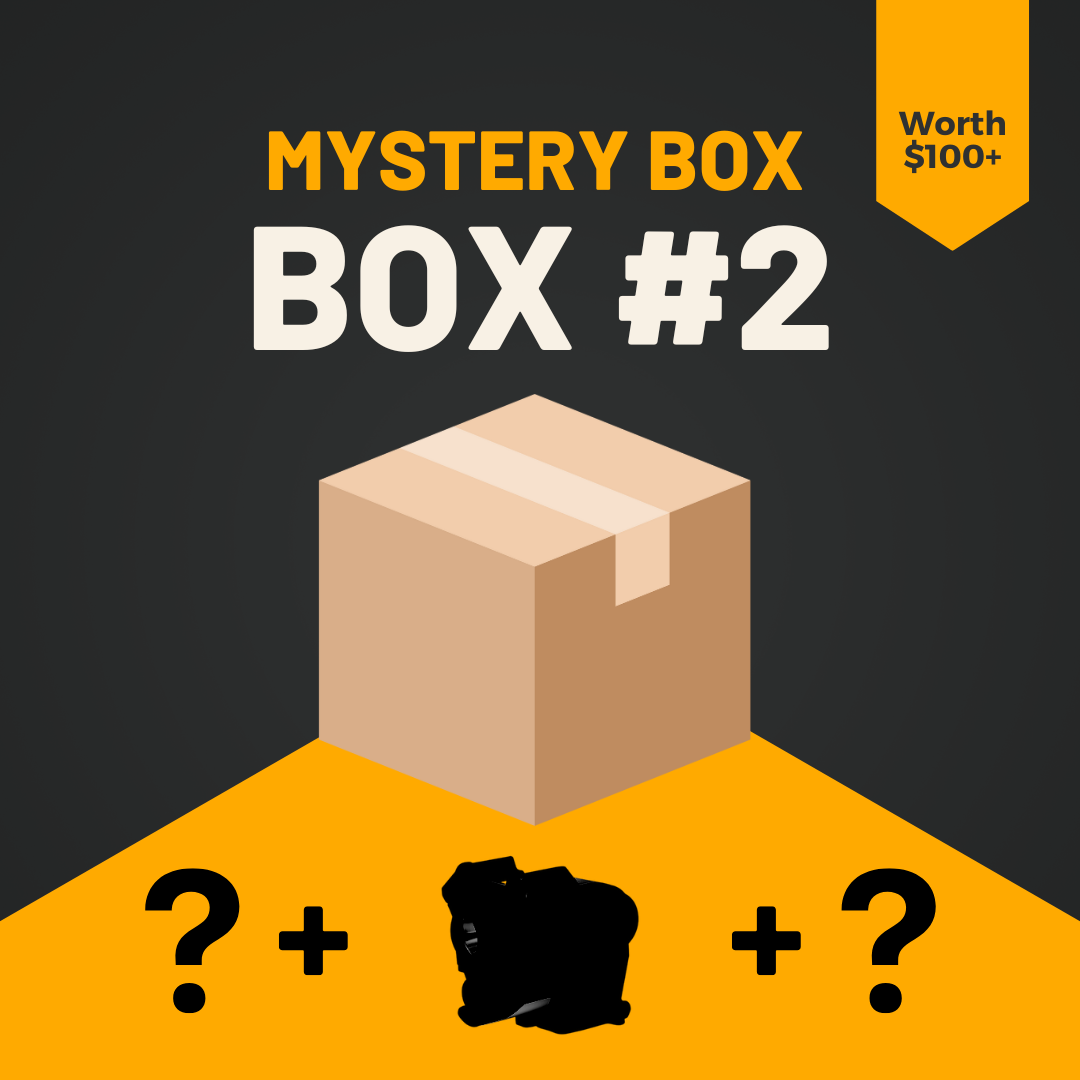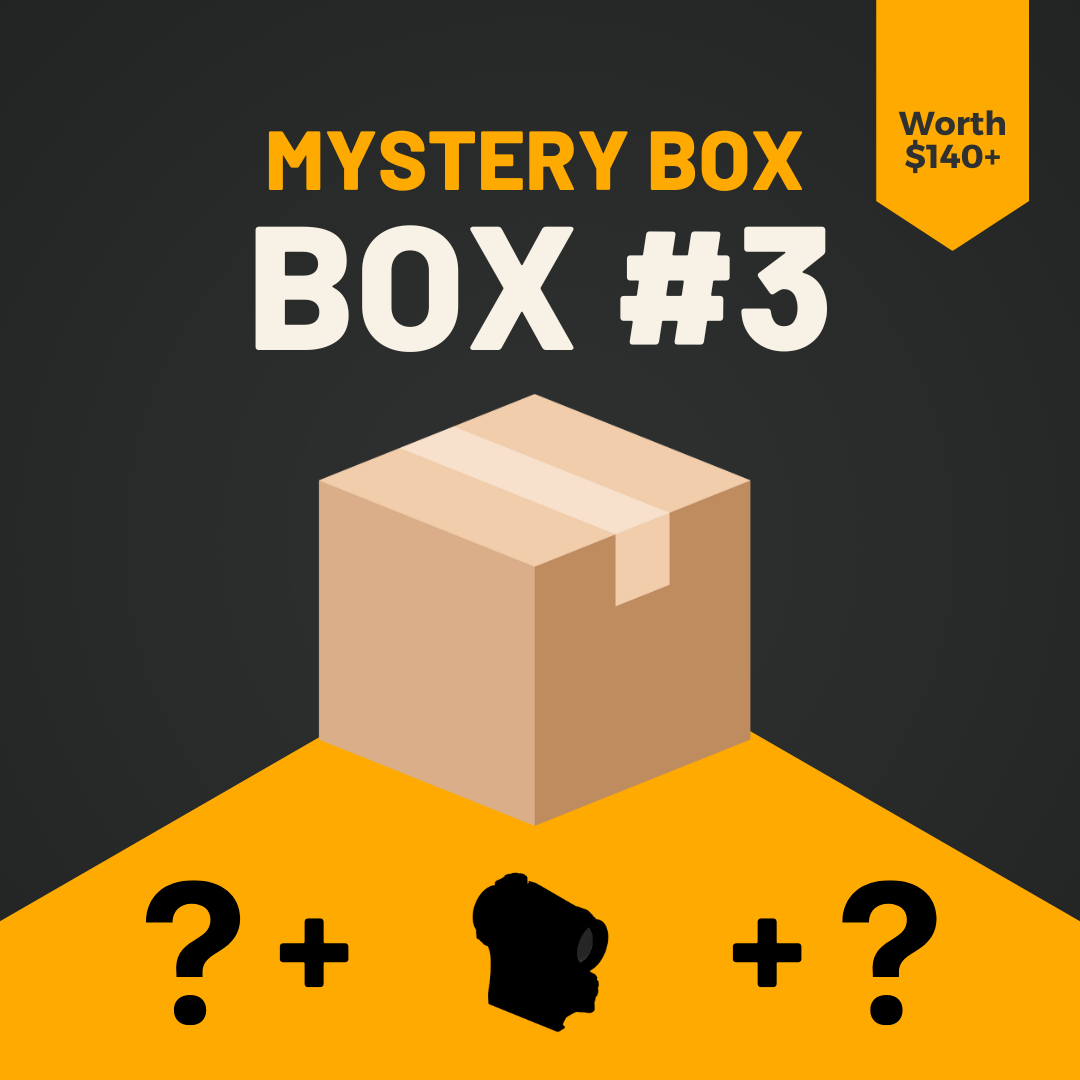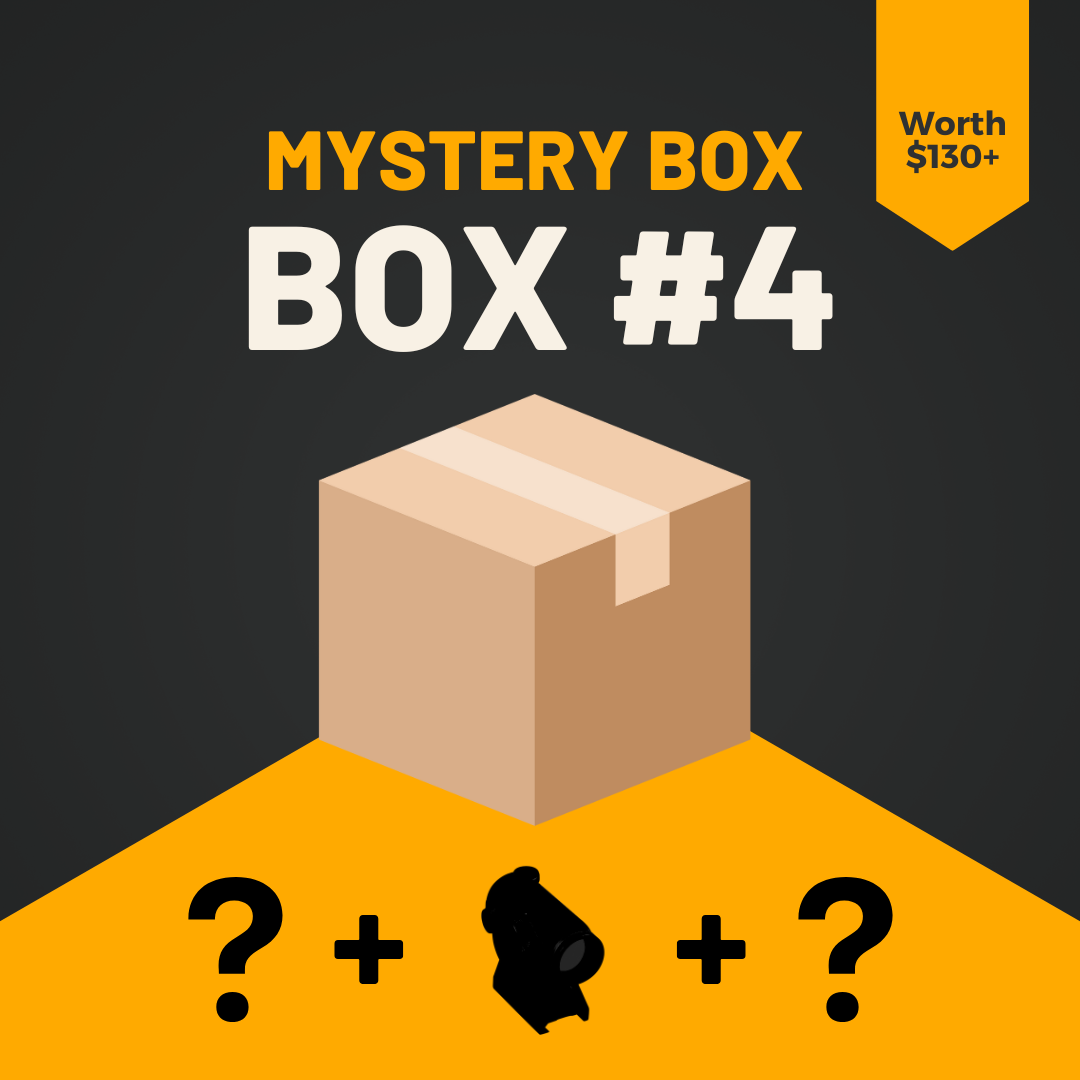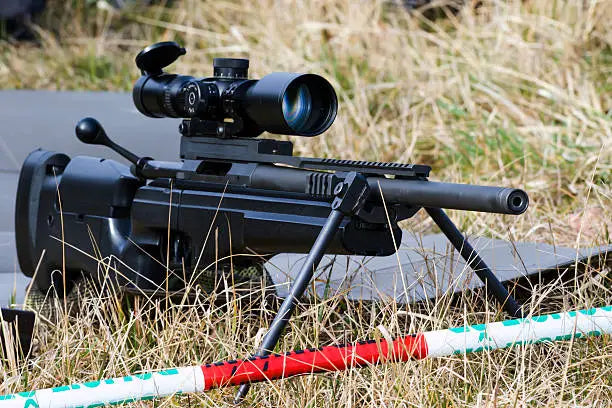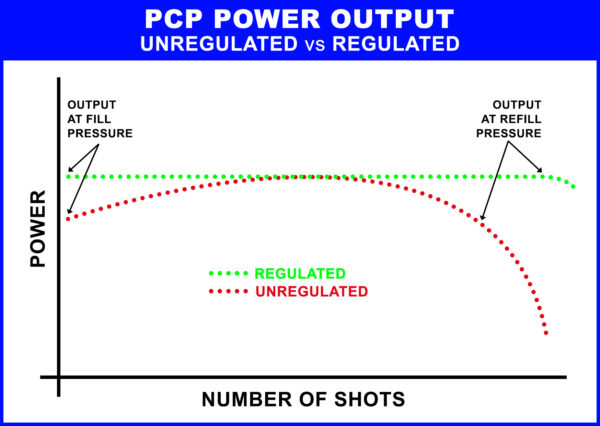Whether you’re a seasoned marksman or a weekend plinker, understanding reticles—the crosshairs or aiming points in your optic—is critical for accuracy. With terms like BDC reticles, red dot reticles, and illuminated reticles dominating the optics world, it’s easy to feel overwhelmed. This guide breaks down the science, use cases, and data behind popular reticle types to help you pick the best one for your needs.
What Is a Reticle?
A reticle is the pattern of lines, dots, or shapes inside an optic (like a rifle scope, red dot, or holographic sight) that helps you aim. Think of it as your “digital iron sight.” Modern reticles do more than just point-and-shoot—they compensate for bullet drop, wind drift, and target distance.
Key Fact: 72% of shooters in a 2023 survey said reticle clarity directly impacted their accuracy at 100+ yards.
Types of Reticles Explained
1. BDC Reticles (Bullet Drop Compensator)
A BDC reticle features markings below the crosshair that account for bullet drop at specific distances. For example, a .223 round drops ~10 inches at 300 yards; a BDC reticle will have hash marks calibrated to “hold over” without manual adjustments.
- Best For: Hunters and tactical shooters engaging targets at 200–600 yards.
- Pros: Fast target acquisition, no dialing required.
- Cons: Calibration varies by cartridge/rifle. some brand BDC scopes include customizable charts for popular calibers like 5.56 and .308.
2. Red Dot Reticles
Red dots use a single illuminated dot (typically 2–6 MOA) for rapid target acquisition. They’re popular in close-quarters combat (CQC) and handgun optics.
- Etched vs. Projected: Etched reticles remain visible if the battery dies. Projected dots rely on power.
- Best For: Home defense, competition shooting (<100 yards).
3. Mil-Dot and MOA Reticles
- Mil-Dot: Uses milliradian measurements (1 Mil = 3.6” at 100 yards) for range estimation and wind correction.
- MOA: Minute of Angle (1 MOA = 1.047” at 100 yards) offers finer adjustments for precision shooters.
MILs dominate tactical/military use, while MOA is preferred in long-range competitions.
4. Holographic Sights
These use a laser-projected hologram (like EOTech’s signature reticle) for parallax-free aiming. Ideal for moving targets.
Red vs. Green Reticles: Which Is Better?
The color debate boils down to environment and eye physiology:
- Red Reticles: Most common. The human eye processes red faster in daylight.
- Green Reticles: Brighter in low light and cause less eye strain during prolonged use.
Pinty Insight: In a 2022 field test, 68% of users preferred green reticles in dense forests, while red dominated in urban/indoor settings.
Illuminated Reticles: When Do You Need Them?
Illumination (available in red/green) enhances visibility in dawn, dusk, or shaded environments. Key considerations:
- Battery Life: Pinty’s illuminated scopes average 500+ hours on medium settings.
- Brightness Levels: Adjustability prevents washout in bright sunlight.
Pro Tip: For hunting, opt for scopes with motion-activated illumination (e.g., Pinty’s Tactical 4-16x50mm) to save power.
Sniper Reticles vs. Hunting Reticles: What’s the Difference?
- Sniper Reticles: Minimalist designs (e.g., Horus H59) with holdover marks for extreme distances (1,000+ yards).
- Hunting Reticles: Simpler BDC or duplex crosshairs to avoid clutter in fast-paced scenarios.
How to Choose the Right Reticle
1. Define Your Use Case
- Hunting: BDC or duplex.
- Tactical: Red dot or holographic.
- Long-Range: MIL/MOA.
2. Consider Lighting
Low-light? Go green illuminated. Bright daylight? Etched black reticles work.
Final Shot
Your reticle is your bridge to precision. BDC reticles streamline mid-range shots, red dots dominate speed, and MIL/MOA cater to sharpshooters. At Pinty, we engineer optics to match real-world needs—whether you’re zeroing in on a trophy buck or training for competition.

